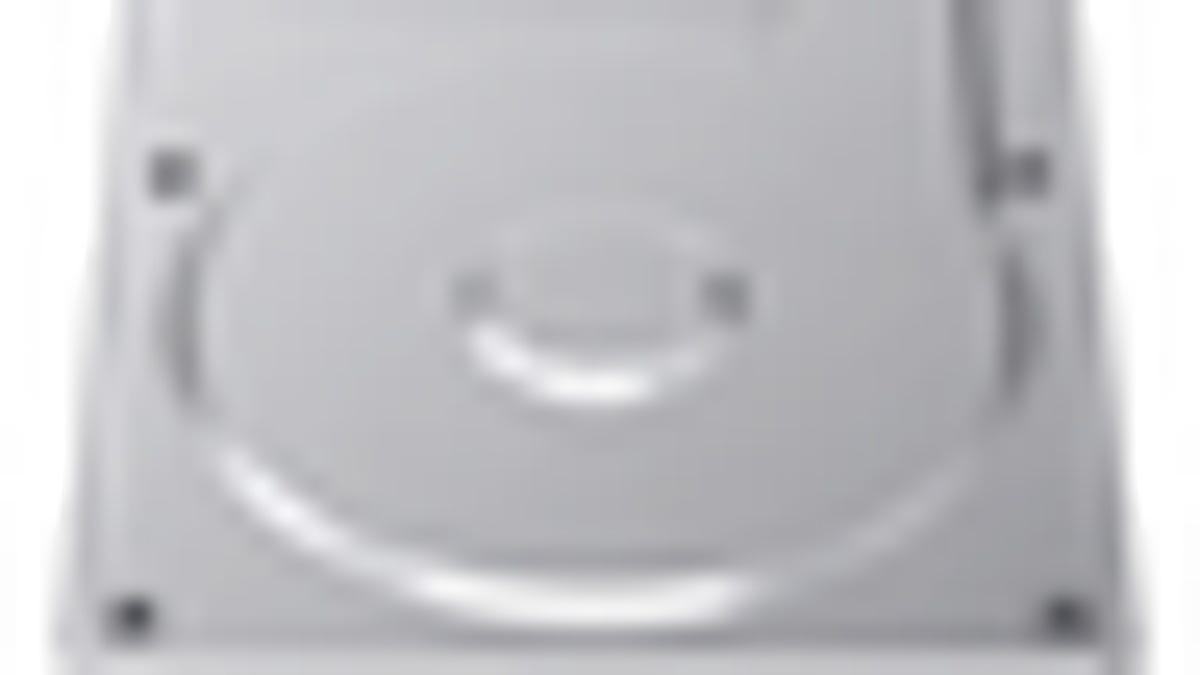Intermittent freezes could be a failing hard drive
Older computers will often start to slow down for no apparent reason. Even when not used frequently, slowdowns may occur where the system may pause for a few seconds and then run fine for a little while. In OS X, when these pauses occur you may see the spinning color wheel and not be able to do anything with your system until the problem resolves itself.

Older computers will often start to slow down for no apparent reason. Even when not used frequently, slowdowns may occur where the system may pause for a few seconds and then run fine for a little while. In OS X, when these pauses occur you may see the spinning color wheel and not be able to do anything with your system until the problem resolves itself.
Usually these pauses are a result of hardware I/O problems, where the system is waiting for a local hardware device to resume proper communication. Though improperly configured drivers for peripheral devices are likely reasons for such pauses, one that might be easily overlooked is the health of the boot drive.
Generally when these problems occur people will check their drives, but usually do not check them thoroughly enough to rule out drive problems. For the most part, people check a drive's SMART status, run a verification routine, and then assume the drive is healthy and functional if these two tests show a passing status.
Often this is a correct assessment, but there could be some small undetectable errors in the partition or volume structure, or in other aspects of the drive's firmware or hardware that could be causing communications problems and therefore notable pauses during use.
Tools like Disk Utility's volume verification and SMART reporting are supposed to find problems, but there are times when small errors can go undetected and result in a drive that appears healthy to the software but is just beginning to fail.
The easiest way to test whether this is happening is to clone the drive and boot off the clone.
Using utilities such as Carbon Copy Cloner, Drive Genius, or SuperDuper, among others, do a block-level clone of the internal drive to a USB or FireWire drive and then restart the system and boot to that drive. The block-level clone should ensure that the filesystem and partition structure remain intact, allowing you to better assess hardware-related problems.
If the drive boots and runs without the pauses, then the internal hard drive is suffering from some error which is likely a hardware-related issue.
At this point you can try using a utility suite like TechTool Pro or Drive Genius to perform surface scans, benchmarks, and other diagnostics on the drive. Often these can clear groups of bad blocks and other problems that could be causing slowdowns.
Additionally, you can try repartitioning and formatting the drive before cloning the system back to it from the external drive (this time you can use file-level cloning); however, at this point if using the drive still results in pausing then you might be best off just replacing it. There is no point in trying to salvage a drive for use that has failing hardware, when these days they are relatively cheap and readily available.
Questions? Comments? Have a fix? Post them below or e-mail us!
Be sure to check us out on Twitter and the CNET Mac forums.

